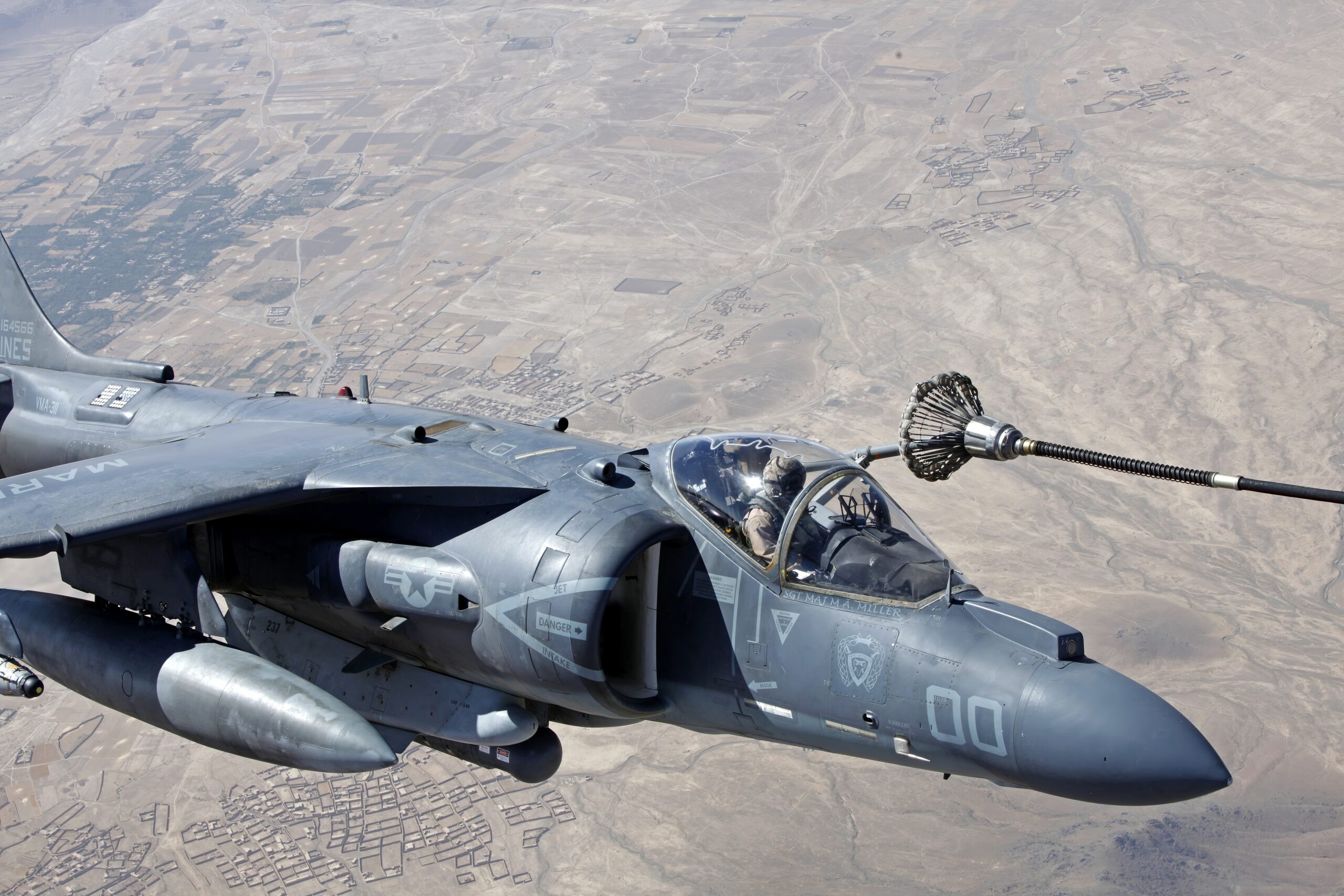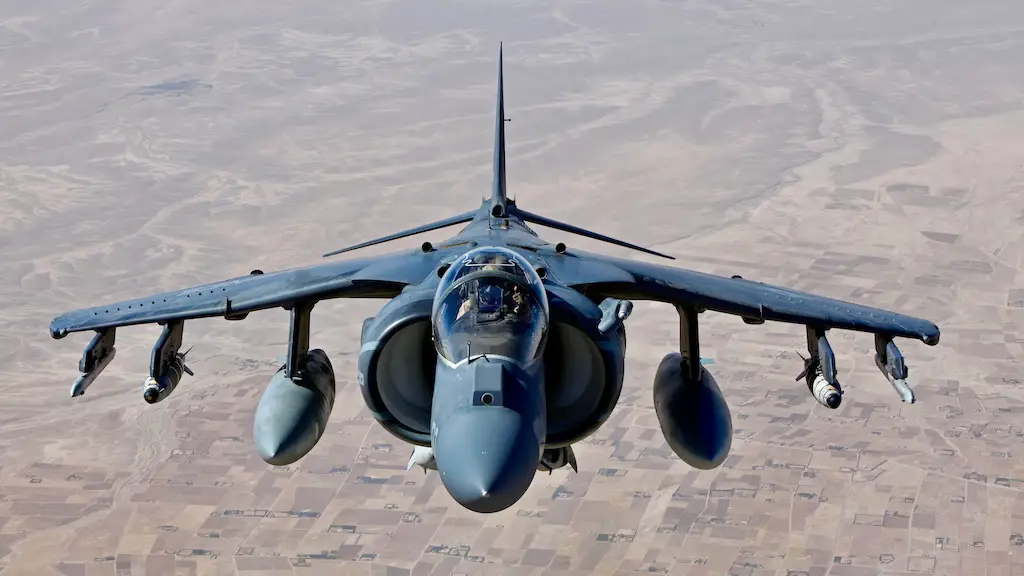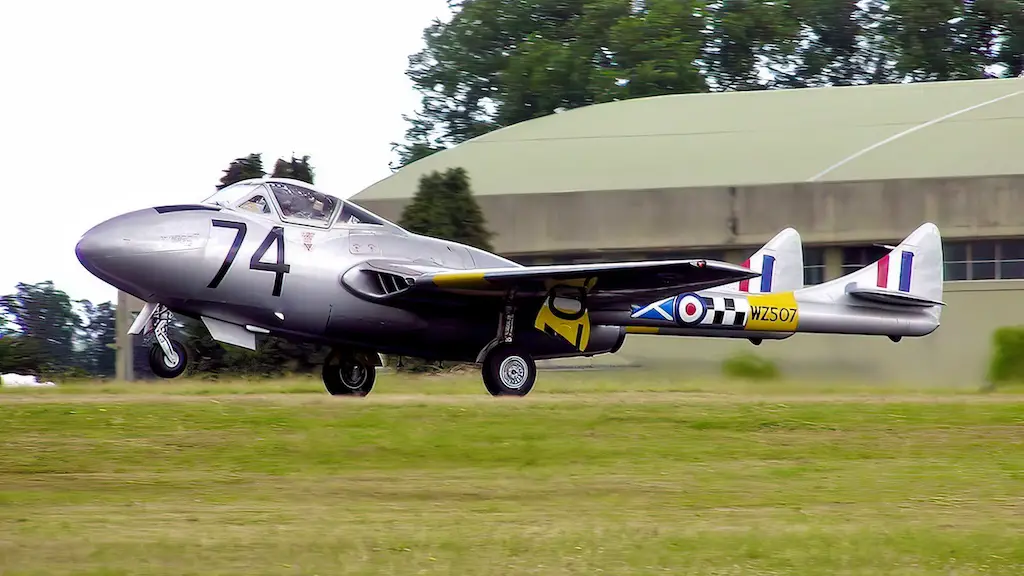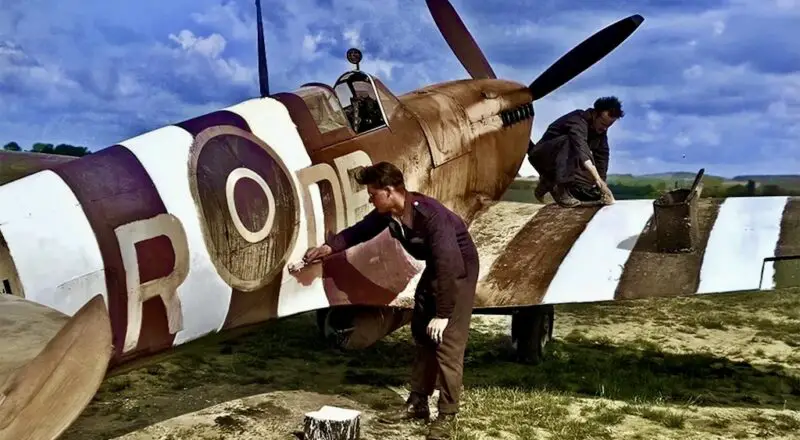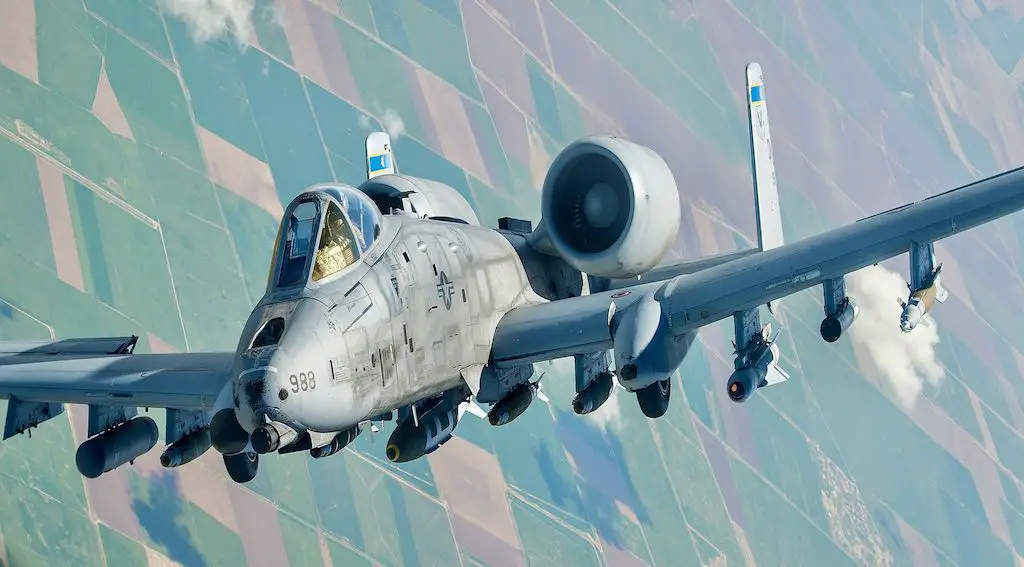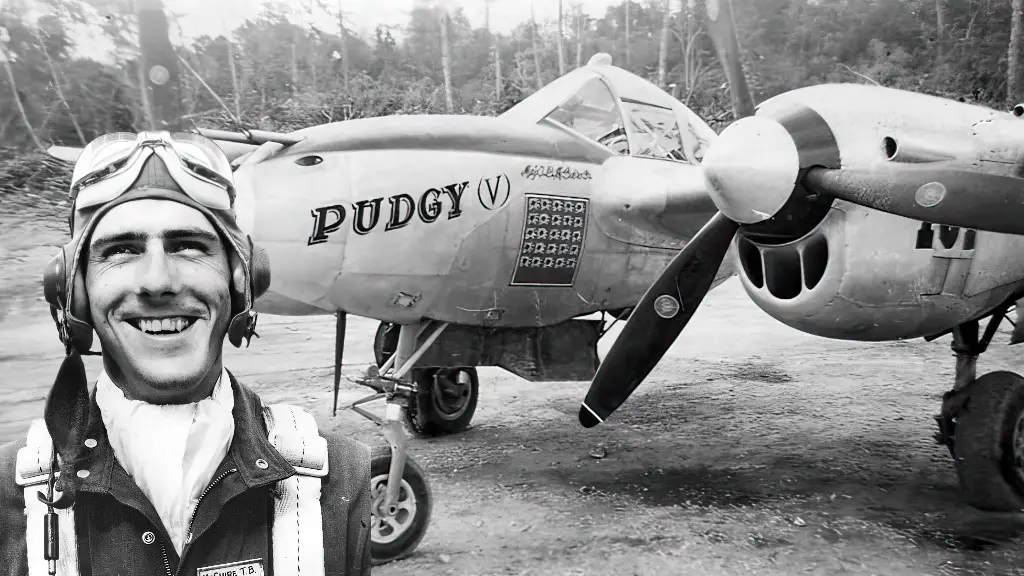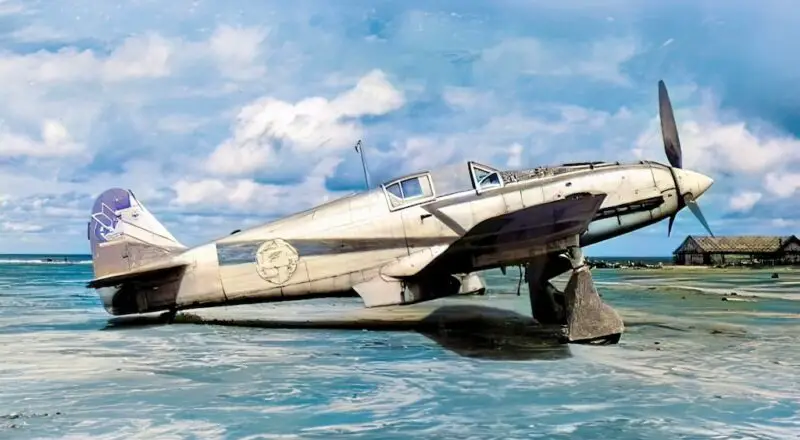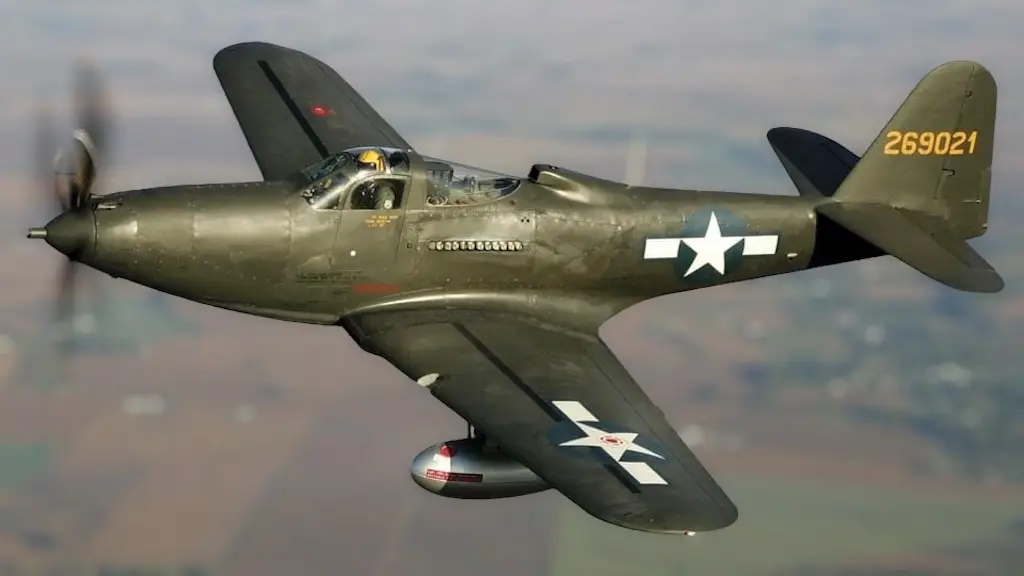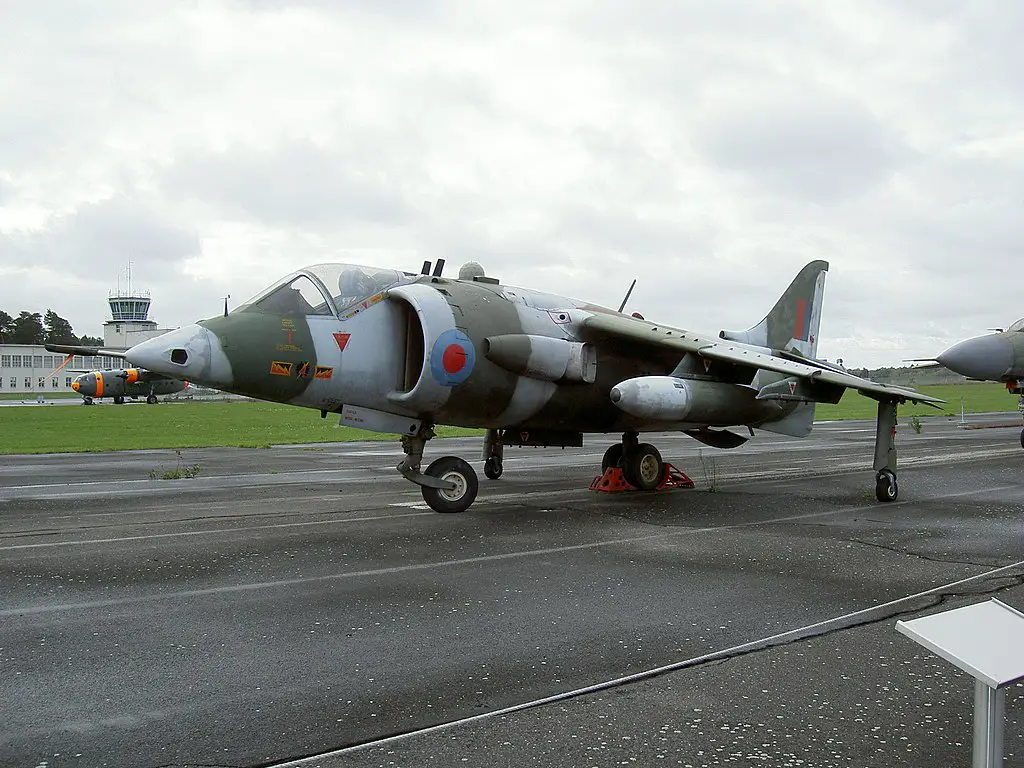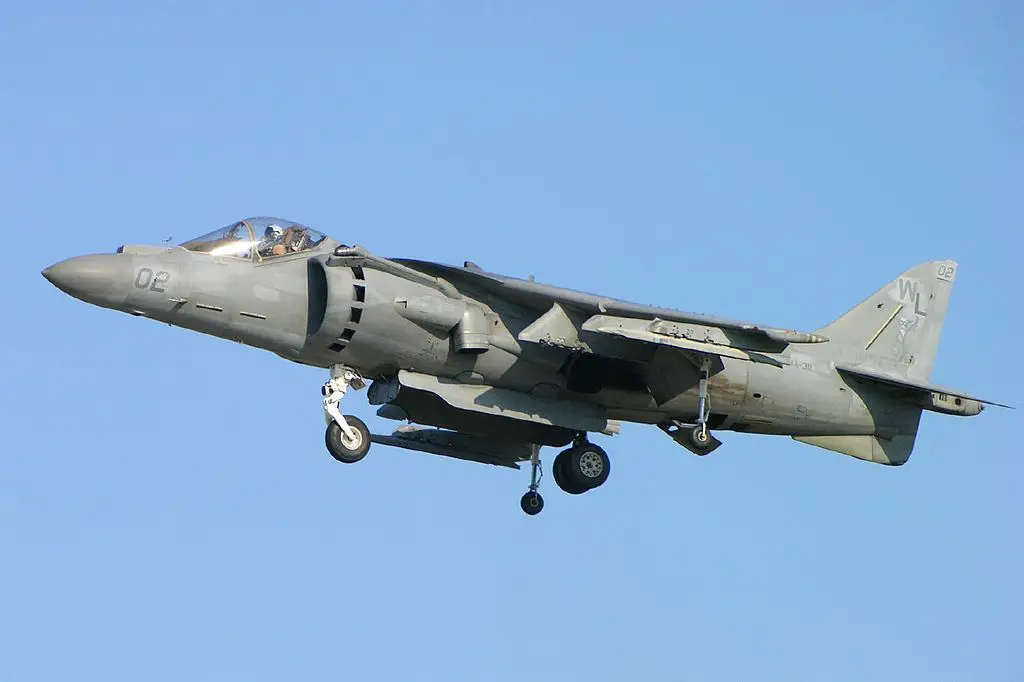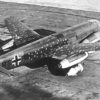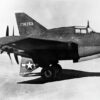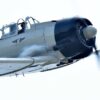A Revolutionary Beginning
The British Harrier jet, a marvel of the 1960s, reshaped the landscape of military aviation with its vertical takeoff and landing capabilities. Designed by the ingenious minds at Hawkers, the Harrier could leap into the air from almost anywhere—short runways, carriers, or even impromptu strips. This flexibility, combined with the aircraft’s agility, made it a formidable force in combat situations.
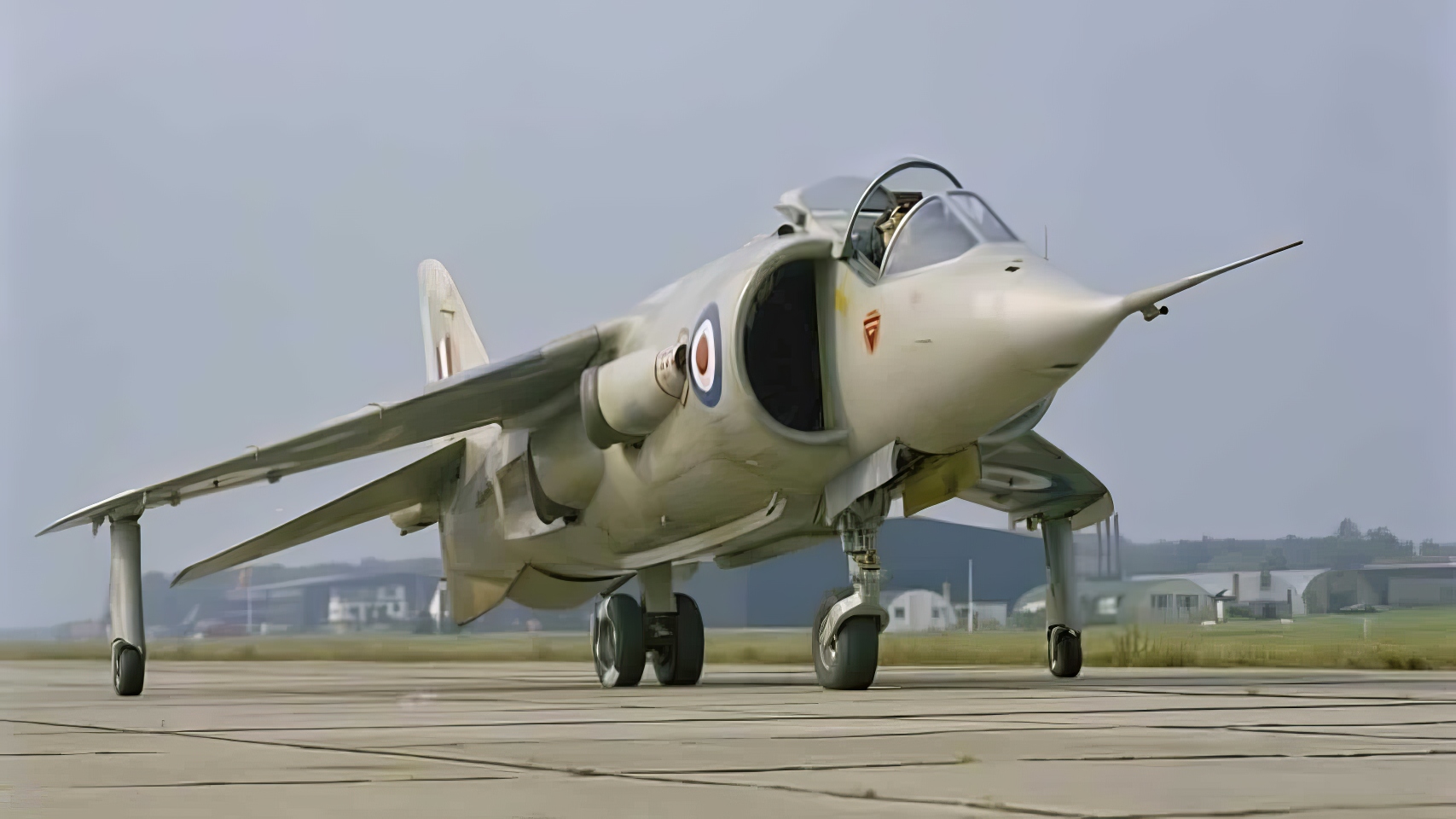
The American Vision
As time marched on, the Harrier faced the inevitable fate of obsolescence. Yet, its journey was far from over. The United States Marine Corps, recognizing the untapped potential of the Harrier, embarked on an ambitious project with British Aerospace and McDonnell Douglas. Their mission? To reinvent this aging warbird for the modern era of warfare.
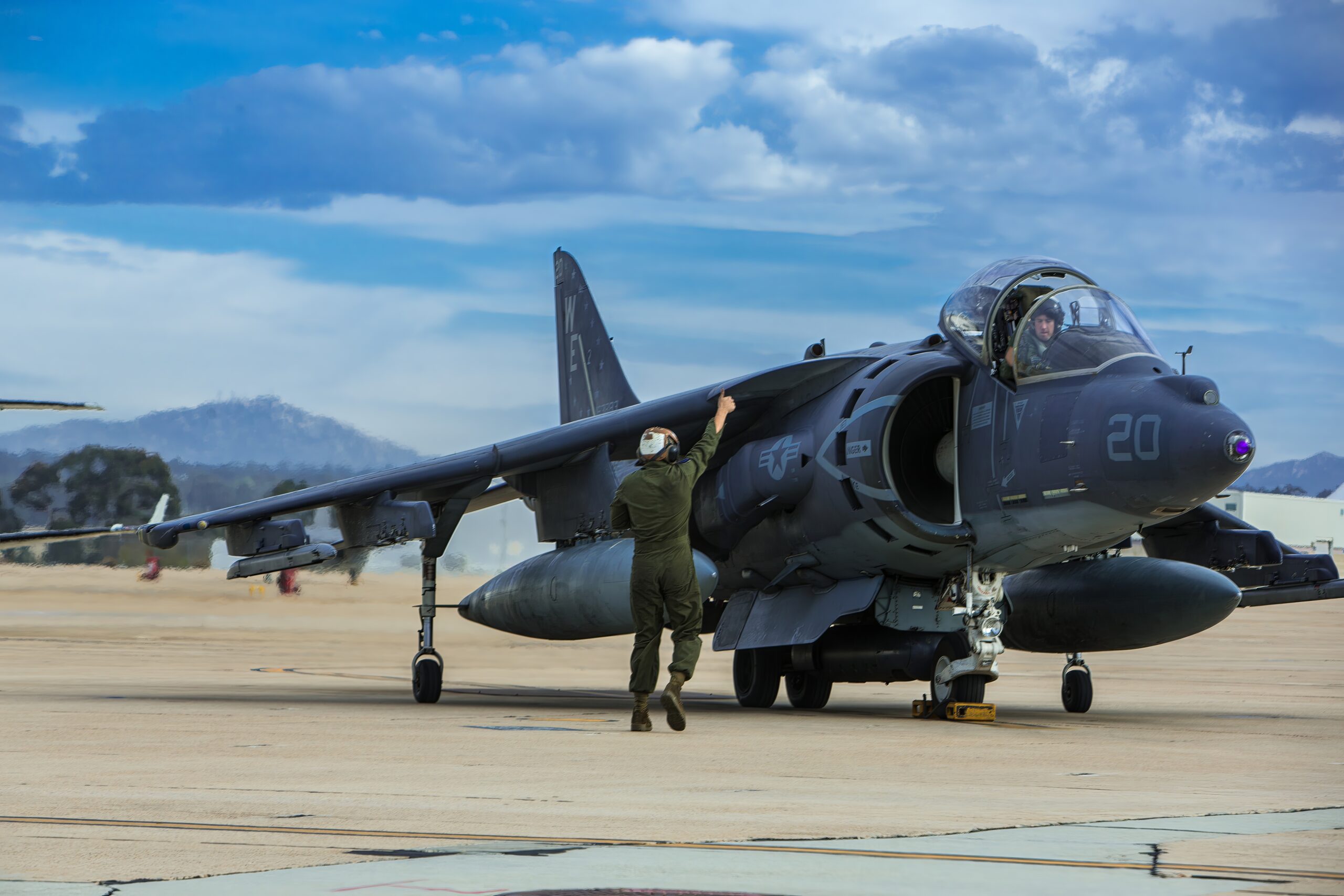
This collaboration gave rise to the AV-8B Harrier II, a manifestation of Anglo-American engineering that significantly improved upon its predecessor. Enhanced aerodynamics, a more powerful engine, state-of-the-art avionics, and an expanded arsenal marked the Harrier II as a formidable force in aerial warfare. Despite its challenging development, which included financial setbacks and technical challenges, the project culminated in an aircraft that surpassed the original Harrier in every measurable aspect.
Overcoming Developmental Hurdles
The Harrier II’s path from concept to reality was fraught with obstacles. Initial development efforts in the early 1970s encountered significant difficulties, leading to temporary cancellation. However, the persistence of McDonnell Douglas and the strategic re-entry of British Aerospace into the project ensured the continuation of this ambitious endeavor. The prototype YAV-8B, modified from existing Harrier AV-8As, demonstrated the project’s potential, ultimately securing a development contract for 12 aircraft, a precursor to a larger order of 324 units.
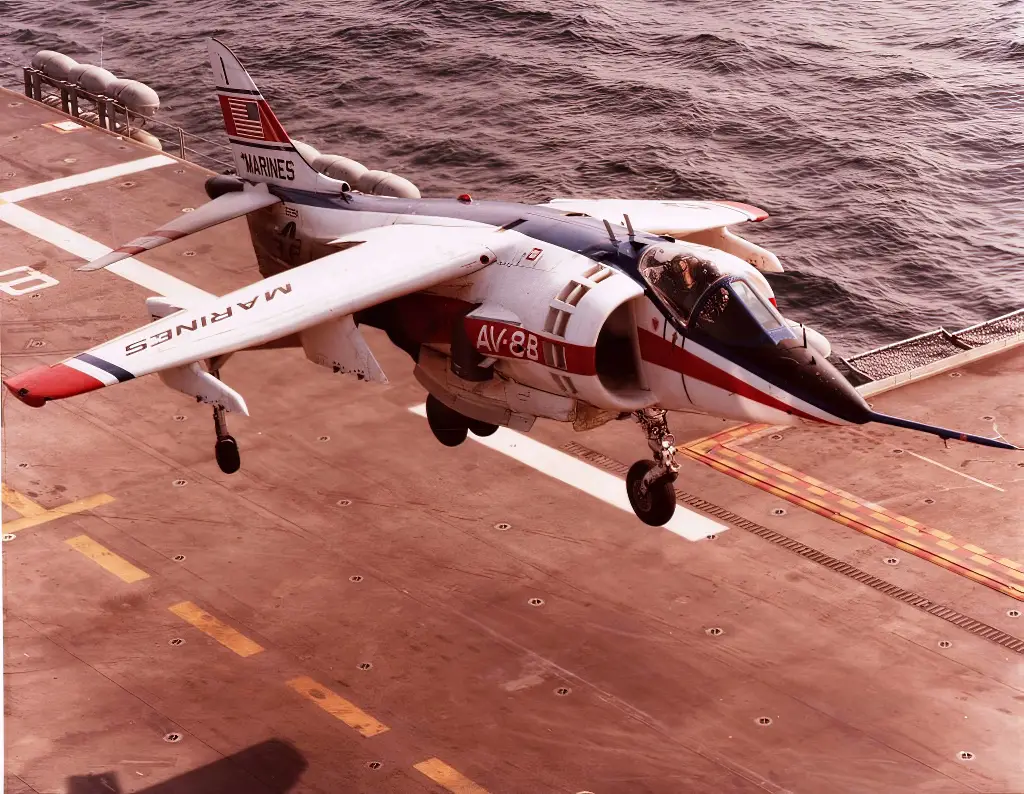
The Harrier II emerged as a technological marvel, characterized by its Rolls-Royce Pegasus turbofan engine, innovative vector nozzles, and a comprehensive redesign that enhanced every aspect of its performance. Its ability to carry a significantly greater payload over a longer range, coupled with advanced avionics and improved pilot interfaces, solidified its status as a premier attack aircraft. The aircraft’s involvement in subsequent military operations, from the Gulf War to operations in Afghanistan and Libya, underscored its tactical effectiveness and versatility.
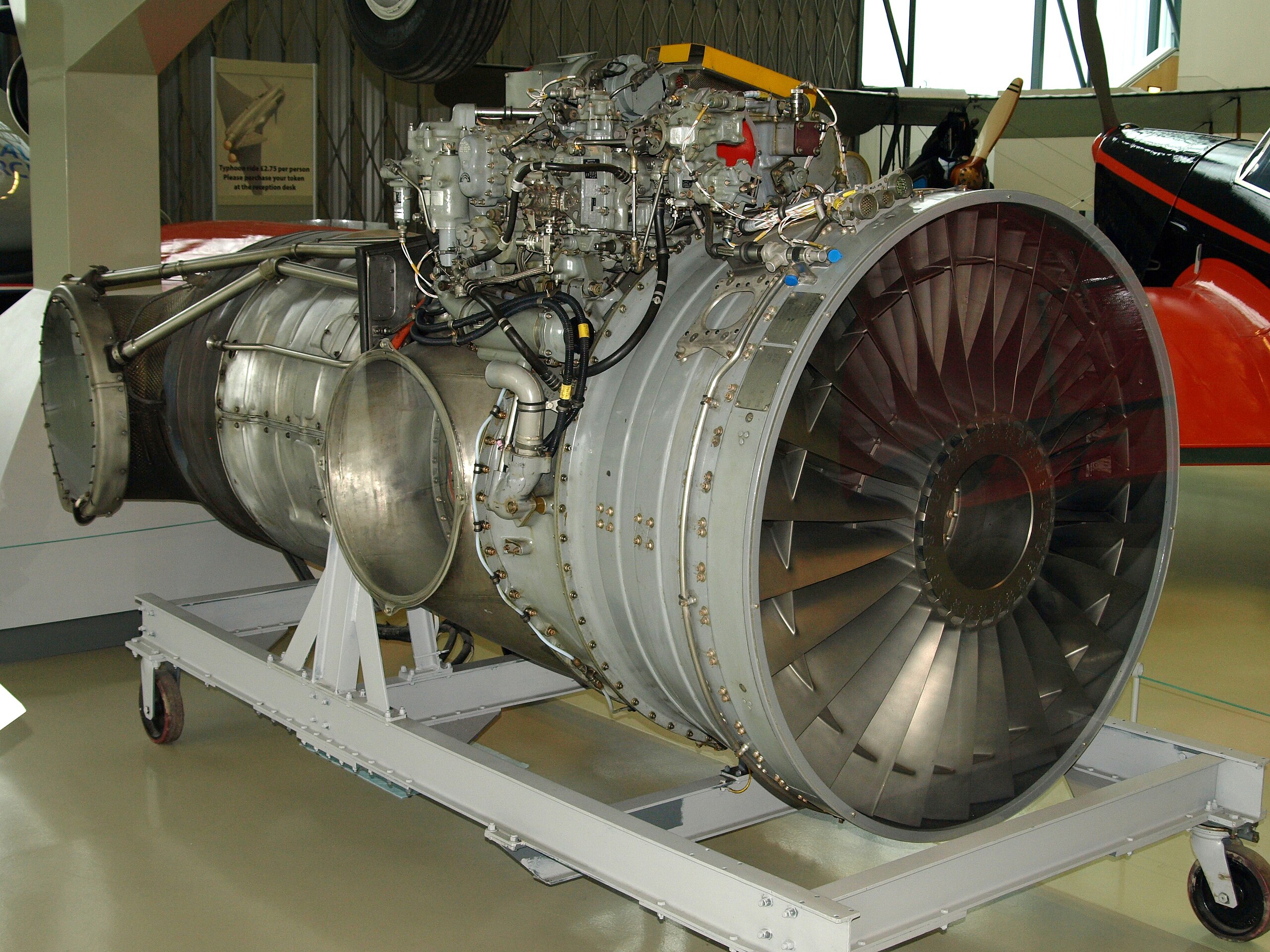
Global Reach and Continued Relevance
Beyond the United States, the Harrier II found a place in the arsenals of Italy and Spain, among others, serving with distinction in various conflict zones. Its adaptability and enduring performance have ensured a continued role in international security, even as newer aircraft begin to enter service. The decision by some nations to extend the service life of their Harrier II fleets, despite budgetary pressures and the allure of fifth-generation fighters, speaks to the aircraft’s unmatched utility and cost-effectiveness.
